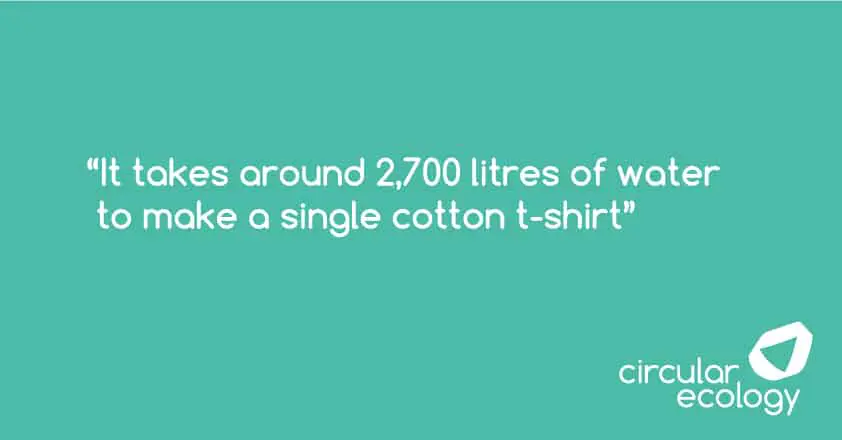Water, water – water everywhere. Such an essential resource and yet one that is so massively undervalued. So much so that water is considered cheap and dispensable, whereas gas, oil and electricity are considered expensive and valuable.
But let’s ask this one simple question:
“Would you prefer to go a month without a gas supply or a month without a water supply?”
Interesting eh! Your likely response is water and this was the overwhelming response on our Twitter poll (to see the replies click on the embedded tweet below).
Quick Poll Please: What would be worse 1 month with no gas supply or 1 month with no water supply, to your house?
— Craig Jones (@EcoCraigJones) October 28, 2014Essentially, if your gas was cut off for a month, you’d manage, certainly in the summer months and in winter you could put on a jumper and get some electric heaters. However, if your water supply was cut off for a whole month it would be a long month indeed. No showers, no baths, no cleanliness, no flushing toilets – no fun indeed. So now doesn’t it seem strange that we don’t value water in the same high regards as oil, gas and electricity? I wonder why this is so.
Value of measuring water consumption
Perhaps it rises from the fact that most of us simply don’t know how much water we consume or even how much we are paying for it. Only 4 out of 10 households in the UK contain a water meter. This means that the majority of homes have no understanding of how much water they consume and therefore no incentive to reduce. Fitting a water meter can save around 10-15 per cent of the water consumption, on average.
However, water consumption in the house is only the tip of the iceberg. Water is an essential requirement to grow our food, to manufacture our materials, to make our clothes and essentially to make all the products that we consume. There is a wider lack of understanding about how much water is really consumed by a nation, both domestically and on an industrial scale, and as a result water wastage is at an all-time high.
Water consumption throughout global supply chains
To assess this additional water we need to look to water footprinting – an environmental accounting tool similar to carbon footprinting. Water footprinting is a technique used to measure and manage water consumed throughout a supply chain. It helps to identify water consumption and to increase the visibility of water related risks within the supply chain, so that they can then be measured and managed accordingly.
So what difference does this hidden consumption of water make?
Well, in the UK around 40 per cent of the domestic water consumption is for public water supply, the remaining 60 per cent is for industry including; electricity, agriculture and manufacturing. However, this only covers 38 per cent of the UK’s entire water footprint – which considers how much water is consumed domestically and in our global supply chains to make all the goods that we consume within the UK. For example, textiles made in China, steel made in India and strawberries produced in Spain – essentially everything we import for UK consumption.
Exposed to water related risks in other countries
This means that the UK is reliant on other countries to meet over 60 per cent of its water needs. Taking into account the increase in extreme weather conditions around the world, this exposes the UK to global water related risks – even if they are halfway around the world. For example, a drought in the US increased the prices of corn by 60 per cent in only two months. Rapidly depleting ground water levels in India may also be a concern – the UK sources many of its textiles from India and this sector is a particularly high consumer of water. India also has a rapidly growing population, which have their own high water needs and this has resulted in water security issues in India. The production of our clothes can therefore place a further strain on valuable Indian water resources. For example, a single cotton T-shirt can consume a massive 2,700 litres of water in its production.
In order to control water waste we need to encourage governments and industry to measure their water consumption and indeed their water footprints. This will allow us to understand the water-related risks and the impacts that they are responsible for. The starting point is simple. We need to start with more widespread measurement – because as it stands, many organisations and many governments simply can’t manage because they haven’t even measured.
What do you think? If you like this post please consider sharing it on social media using the buttons below or signing up to our Newsletter.


